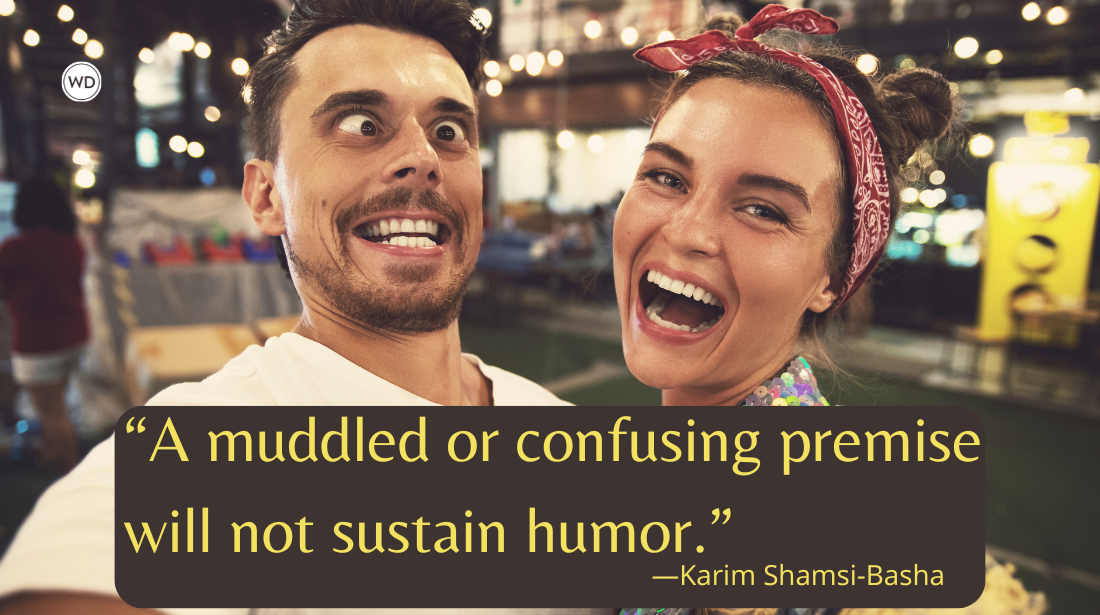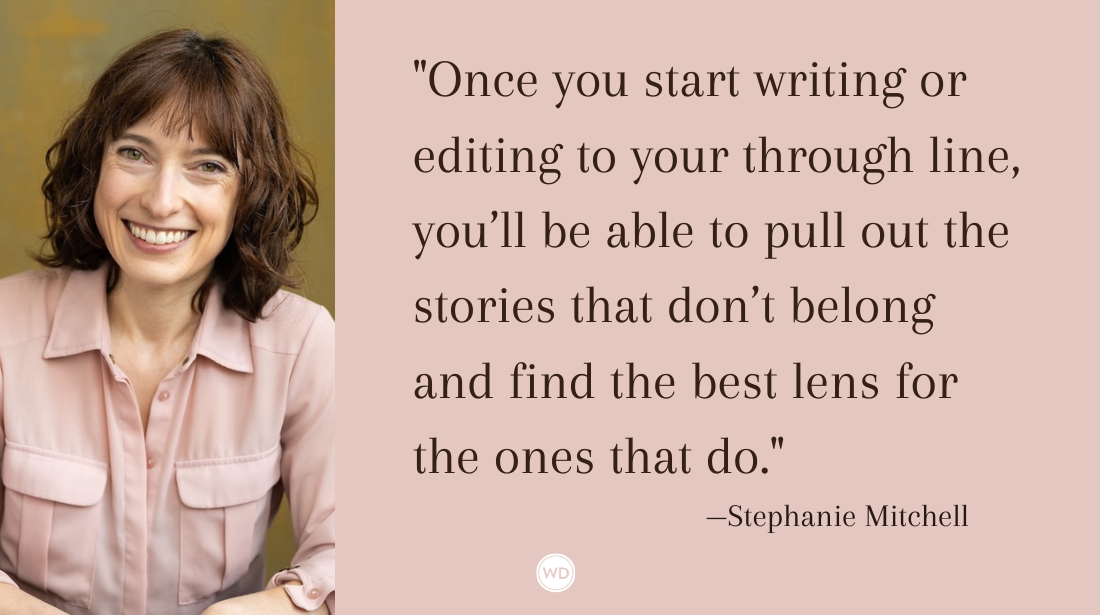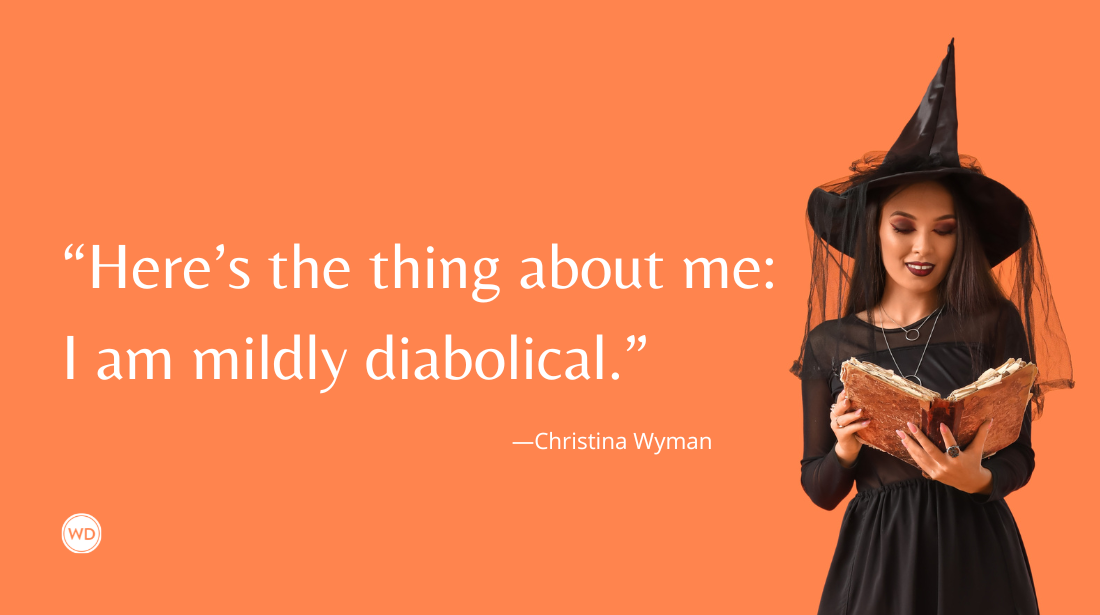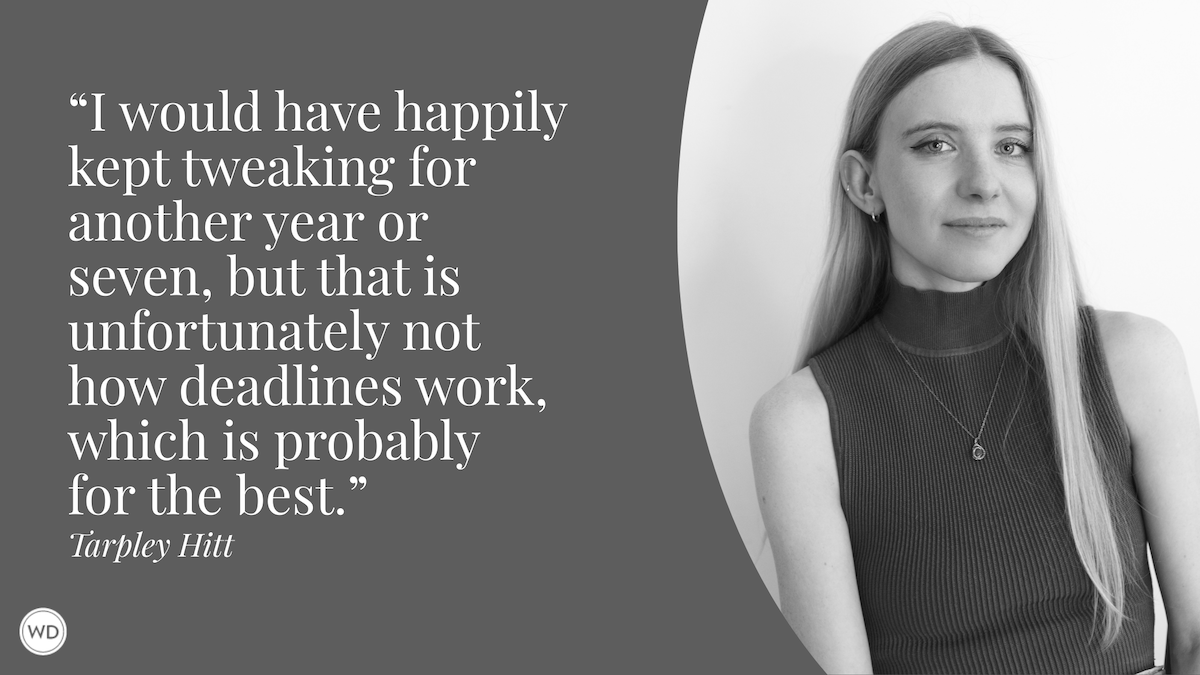What Exactly Is a “Fractured Memoir” and Why I Wrote One
Disabled author Paul Rousseau explains what a fractured memoir is and why he chose to write one.
One month before college graduation, my best friend, Mark, unintentionally shot me in the head in our on-campus apartment.
He was in his bedroom, fooling around with a gun he didn’t know was loaded, and by some means, he pulled the trigger. I was leaning over at the time in our living room, picking up a scrap of paper or a guitar pick or dead battery. A split-second decision to clean. The bullet ripped through two walls before striking me on the top of my head. It fractured my skull, sending shards of bone into my brain before ricocheting off and landing on the carpet. Frightened for his own future, Mark delayed calling for help. After a slurry of bizarre circumstances, I finally got to the hospital and received a craniotomy, titanium plates and screws, the next morning.
I wrote a book about this harrowing event and the multitude of ways it has colored my life, past and present. My editor and the team at HarperCollins came up with the title Friendly Fire (I had drafted the manuscript under the working title The Messenger Always Gets Shot, which is a story in and of itself that is shared in the book). I fell in love with the new title for its video game subtext and the inclusion of the word “friend,” since friendship, both its formation and destruction, is one of the major themes. When my editor asked me if I had any ideas for a subtitle, I knew A Fractured Memoir would be the perfect fit. He and the team agreed.
What I enjoy most about the term “a fractured memoir” (other than all the title alliteration, which is great) is that it does a lot of heavy lifting. It can mean so many different things, and they’re all correct. Yes, my memoir is fractured because its starting point, its catalyst, is a moment of breaking, shattering. Of injury, a literal bone fracture. Of friendship, a moment that seems impossible to come back from. And a fracture of my life, permanently segmented into before (the shooting) and after, with regard to my mental, cognitive, and physical health. But it is more than that, even. “A Fractured Memoir” also plays into the form of the book by design.
My book features very short chapters. I’m talking two or three pages. The shortest is essentially a paragraph. The longest, an extreme outlier, weighs in at seven pages strong. The reason? My post-injury brain wants to fixate and obsess. I can’t focus for long, sometimes just 15-minute spurts here and there. The brevity of this book is an exact reflection, these fractured chapters a direct result.
If I try to write for longer than my brain allows, it becomes hollow. I lose the ability to connect dots, maintain interest. I have to ask myself, what am I really saying? I rush to get it over with, unable to find substance. If I write anyhow, passing that point, ignoring my brain, it’s murder, straight through the meat grinder. I become a fixture to the nearest couch, system overload. These short fractures allow me to put a lid on the springy overstimulation that is dying to jump out of my head.
My book is also not strictly in chronological order. Especially in Part I, where the chapters alternate between advancing the thread of the shooting (chapters labeled “Holes I-XVII”) and another tangentially related chapter, often from my past, that is connected in some way. It is as if someone found all 90-some fractures scattered on the ground, and decided to lay them out thematically in a way that riles up the most energy, extrudes the most feeling, and best represents the story overall. Or at least, that was what I had in mind when I organized the book.
Check out Paul Rousseau's Friendly Fire here:
(WD uses affiliate links)
The alternating helps, too, in breaking up the intensity, the emotional toll of reading about the shooting all the way through, which I’ve been told would be a bit much. Instead, the way I laid it out stretches and prolongs the tension over many pages in a more positive, page-turning kind of way. You’ll be reading about the body image issues I wrestled with in my teens while simultaneously, somewhere in the back of your mind, wondering if and when Mark is going to call the damn cops.
All major arcs in the book have the same cataloging system as mentioned above with “Holes I-XVII.” There is a “Therapy I-VI” thread of fractures detailing the various talk, physical, and EMDR therapies I underwent over the course of the book. There is a “Litigation I-VIII” thread, the second most populated behind “Holes,” that chronicles my grueling personal injury case and all the cruel, humiliating ways a particular insurance company tried to torment me. There is a “Friendship I-IV” thread that reveals how I met Mark, and what I noticed in retrospect about our friendship, the signs I might have missed. A “Basketball I-IV” thread that covers my emotional connection to the sport, largely because of my (now) divorced parents, and how attempting to shoot hoops both helped and hurt me in recovery. You get the idea.
These categories are mostly for my own sanity, but I also think it’s nice and perhaps even helpful for the reader, too, to be able to instantly recognize what arc is about to be continued. An easy way to track your progress as you make your way through the book’s many slim chapters.
The idea of a “memoir in flash” has been picking up steam in recent years. I am not the first one to write nonfiction in short staccato bursts. While my book certainty fits the mold word-count-wise—the “fractures” are typically well below the 1,000-word threshold for flash—there is a distinction that prevents me from feeling 100% confident in labeling it as such. Few of my chapters can really stand on their own. There is something inherently gestalt about my book.
The fractures are intentionally part of a bigger picture, they rely on each other, each contributing in their own unique way to something more. “Fractured” seems to fit that idea best. The reader truly plays a role in piecing the story together, making meaning in the white space, in the page flip between chapters, in the rubbing up of words—shattered then spliced, fractured yet one.
Paul Rousseau is a disabled writer. His first book, Friendly Fire: A Fractured Memoir (Harper Horizon, September 10, 2024), was called “unique and haunting…. A mesmerizing and unforgettable meditation on a stranger-than-fiction tragedy,” in a starred Publishers Weekly review. Paul’s work has also appeared in the San Francisco Chronicle, Roxane Gay’s newsletter The Audacity, Wigleaf, Catapult, and SmokeLong Quarterly, among others, and has been selected for Best Small Fictions 2024, the Wigleaf Top 50, as well as nominated for a Pushcart Prize, Best of the Net, and Best American Science Fiction & Fantasy. You can find more of his work online at Paul-Rousseau.com.









